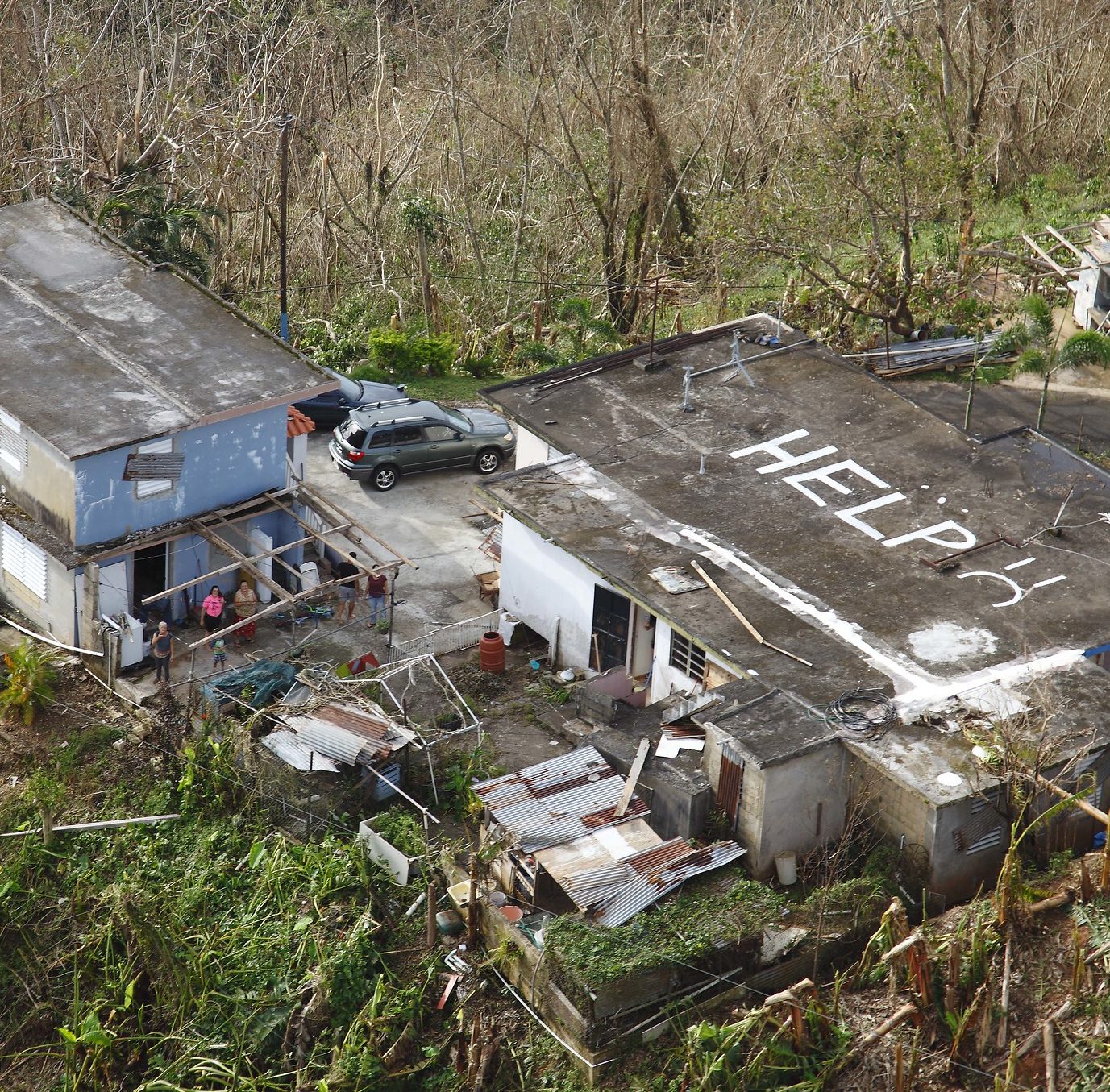From relief to recovery: A strategic approach to disaster philanthropy

This post was originally published on Forbes Nonprofit Council.
The visual cues and stories of the hurt and devastation unfolding on the news and our social media channels often drive donors to contribute to short-term disaster relief efforts. It is said that the first 48 to 72 hours after a disaster strikes are often the most critical for life-saving efforts. Consequently, the intensity and scale of giving in the early days of crises are the norm for a positive and valid reason: an intense desire to help. The empathy and ensuing generosity on display are to be celebrated.
However, there is a flip side to this emotive, immediate giving: that of centering ourselves in our donation. It is natural to wish to see the impact of our giving. Yet this desire creates a drive toward short-term quantifiable projects over long-term qualitative ones, even when the former are no longer needed. The pressures for visual demonstrations of the impact of immediate relief donations create a dynamic where photogenic “truck and chuck” activities are emphasized over projects that address systemic perpetuations of vulnerabilities. This tendency hinders genuine recovery efforts and diminishes the ability of communities to lead their recovery.
There is an expression that, “If your only tool is a hammer, then every problem looks like a nail.” The single-tool approach translates into the disaster response and recovery space when donors and nonprofits alike look within the affected communities for the needs they expect to see, which sometimes are also the needs they have a mandate or expertise to address.
This approach also centers peripheral thinking over that of the affected community, as we focus on what someone external knows, believes or expects. This is not to argue that immediate relief is not required; it is. What is also needed, though, is balance—exploring how to support affected communities in those early days while they catch their collective breath and then following their lead in their recovery. Instead, we should ask ourselves how we, as donors, move our focus from life-saving to life-thriving.
At the Center for Disaster Philanthropy, we advocate for a more thoughtful and strategic approach to disaster giving. To contribute to long-term, equitable recovery and help communities rebuild stronger after disasters, donors can adopt three key approaches:
Invest in capacity-building.
Instead of solely focusing on short-term relief efforts, prioritize investments in the capacity-building of local organizations and communities. Empower local entities with the skills, resources and infrastructure needed to not only address the immediate aftermath of a disaster but also to foster community resilience and sustainable recovery. By strengthening the capabilities of local and proximate actors, donors can contribute to creating a lasting impact on the community’s ability to withstand and recover from future challenges.
Support comprehensive solutions.
Move beyond isolated interventions and support comprehensive solutions that tackle the multifaceted aspects of recovery. This could involve funding initiatives that address the root causes of vulnerabilities, such as poverty, inadequate healthcare or lack of education. By adopting a holistic approach, donors can play a pivotal role in fostering long-term systemic change, ensuring their contributions have a lasting and meaningful impact.
Embrace collaboration and partnerships.
No single organization or donor can address the complexities of a comprehensive recovery alone. Seek out collaborative approaches and partnerships with other philanthropic entities, local and federal governments, and community organizations. By pooling resources and expertise, donors can amplify their impact and contribute to developing sustainable recovery strategies that address the diverse needs of affected communities.
By investing in capacity building, supporting comprehensive solutions and embracing collaboration, donors can contribute to a future where recovery efforts are swift, equitable and enduring. Our truest impact as disaster philanthropists lies in the long-term transformation of communities toward independence and prosperity.
